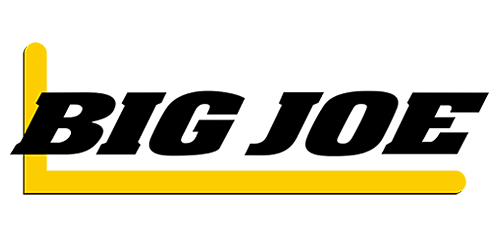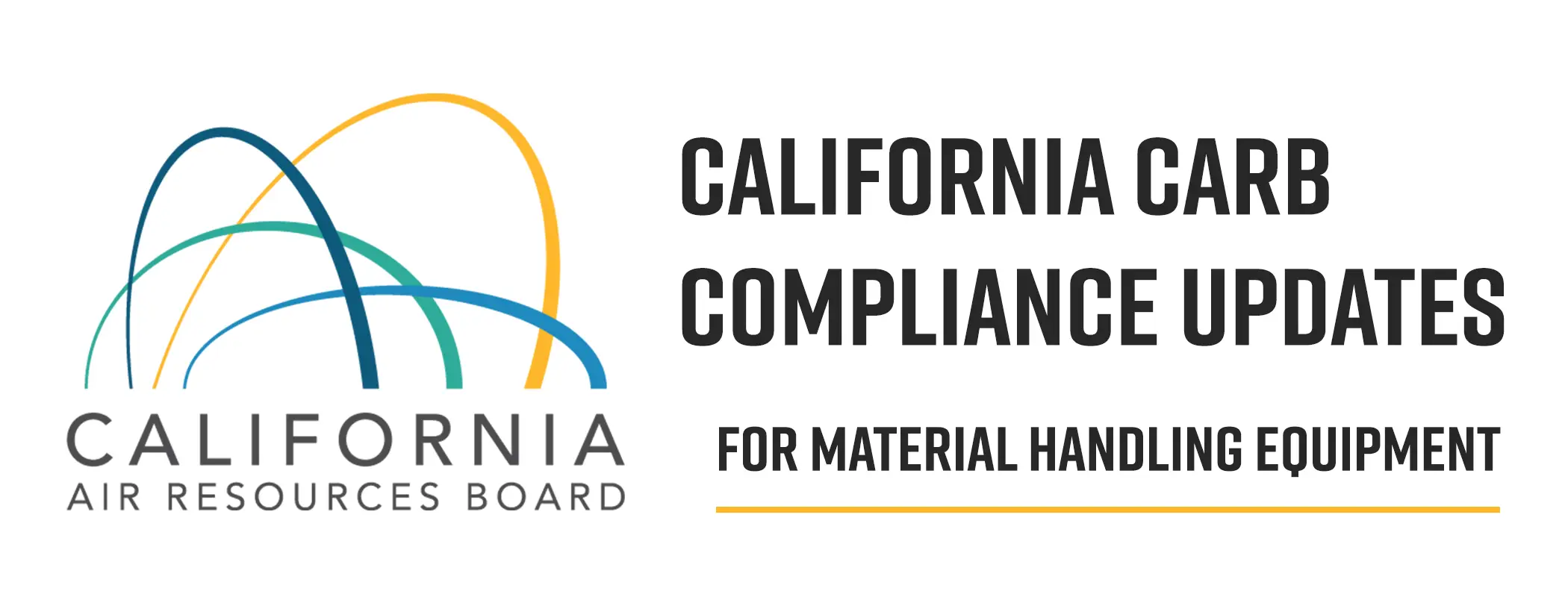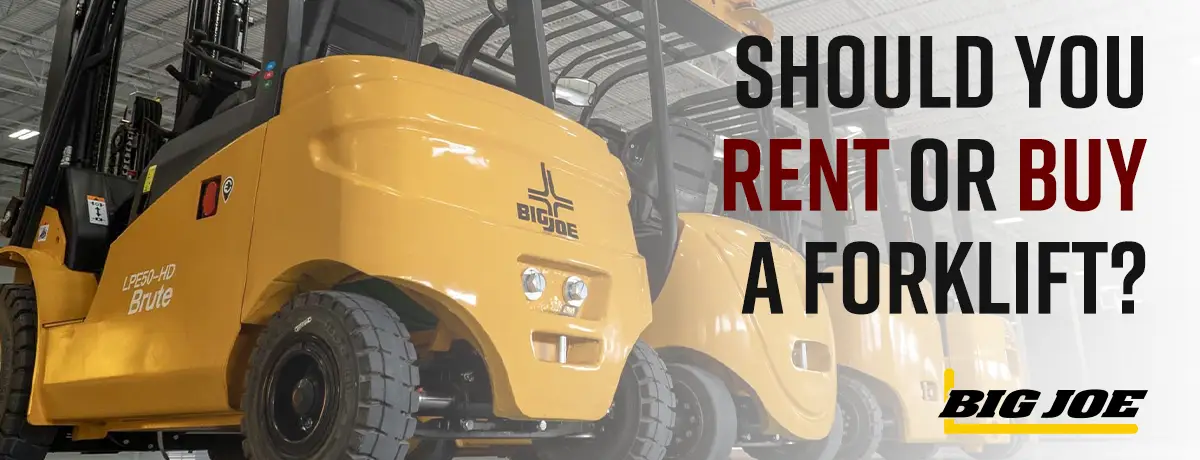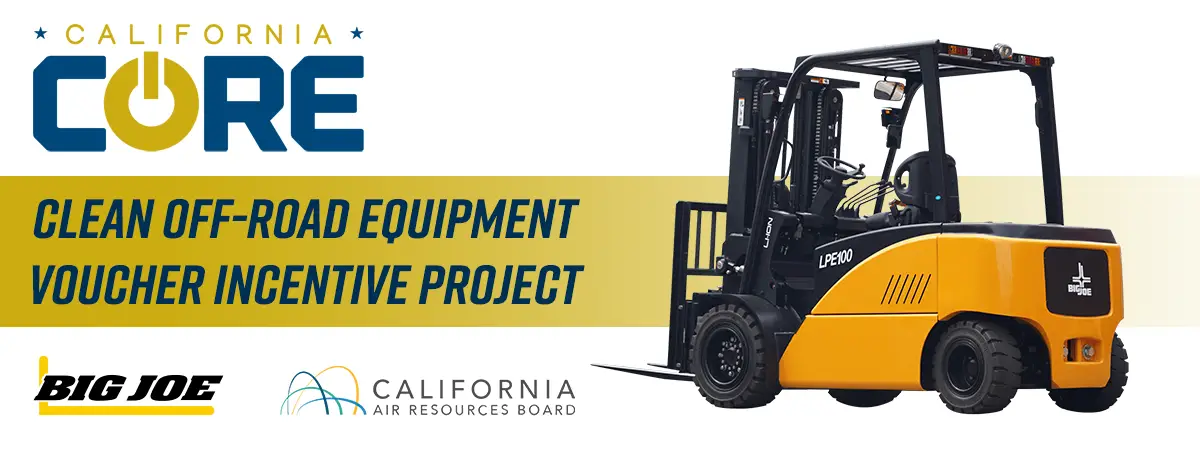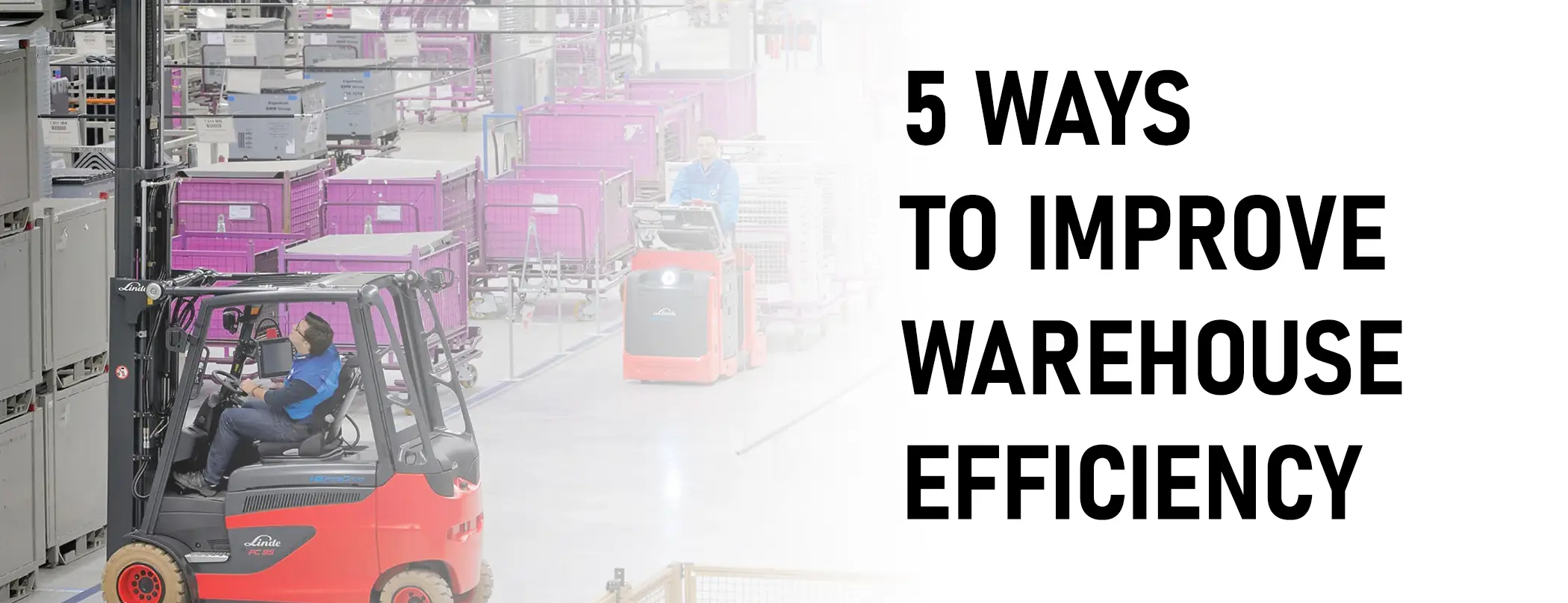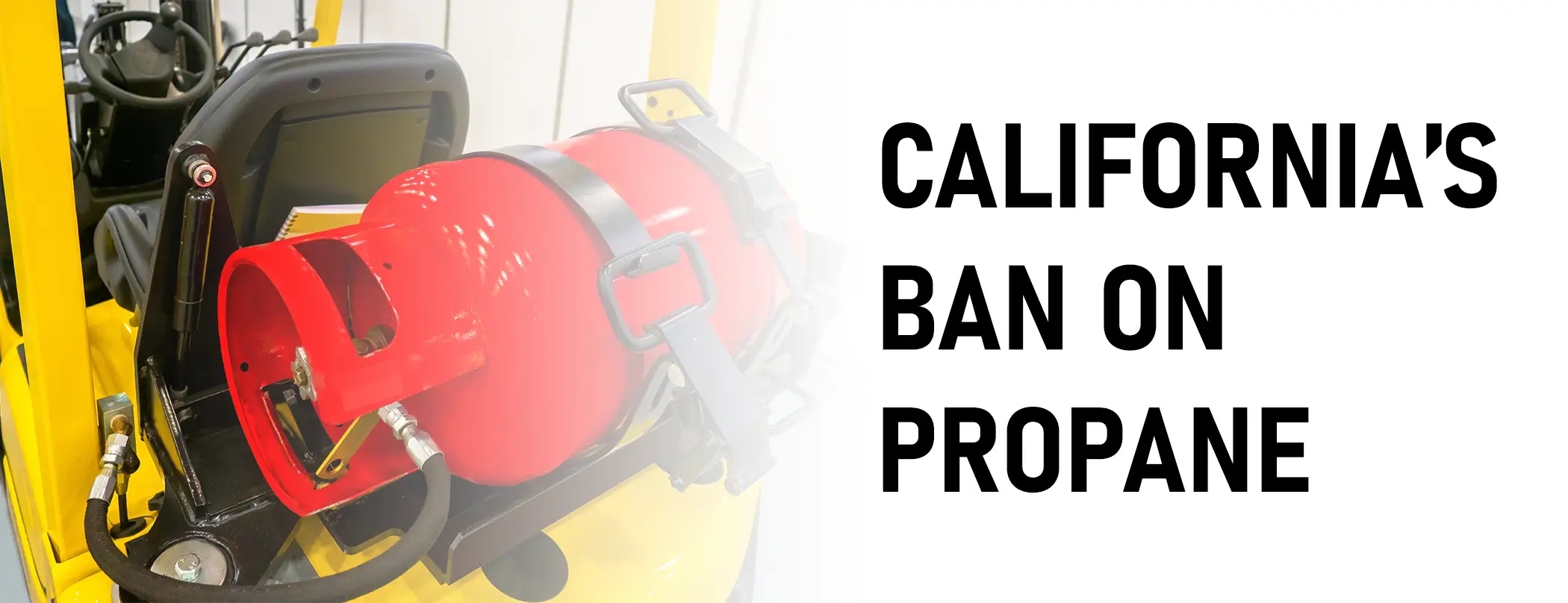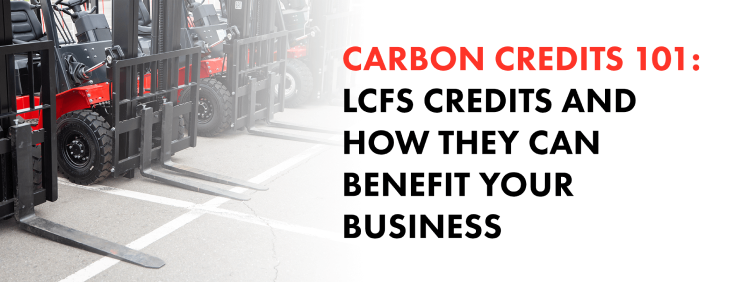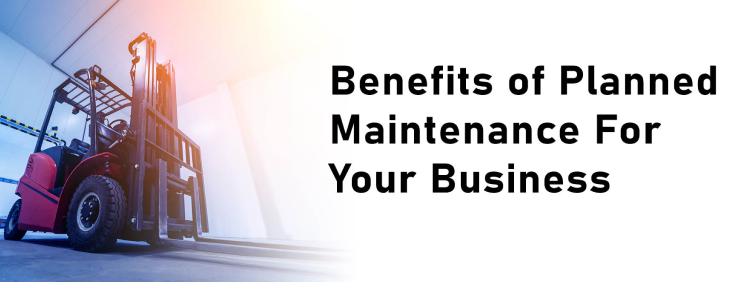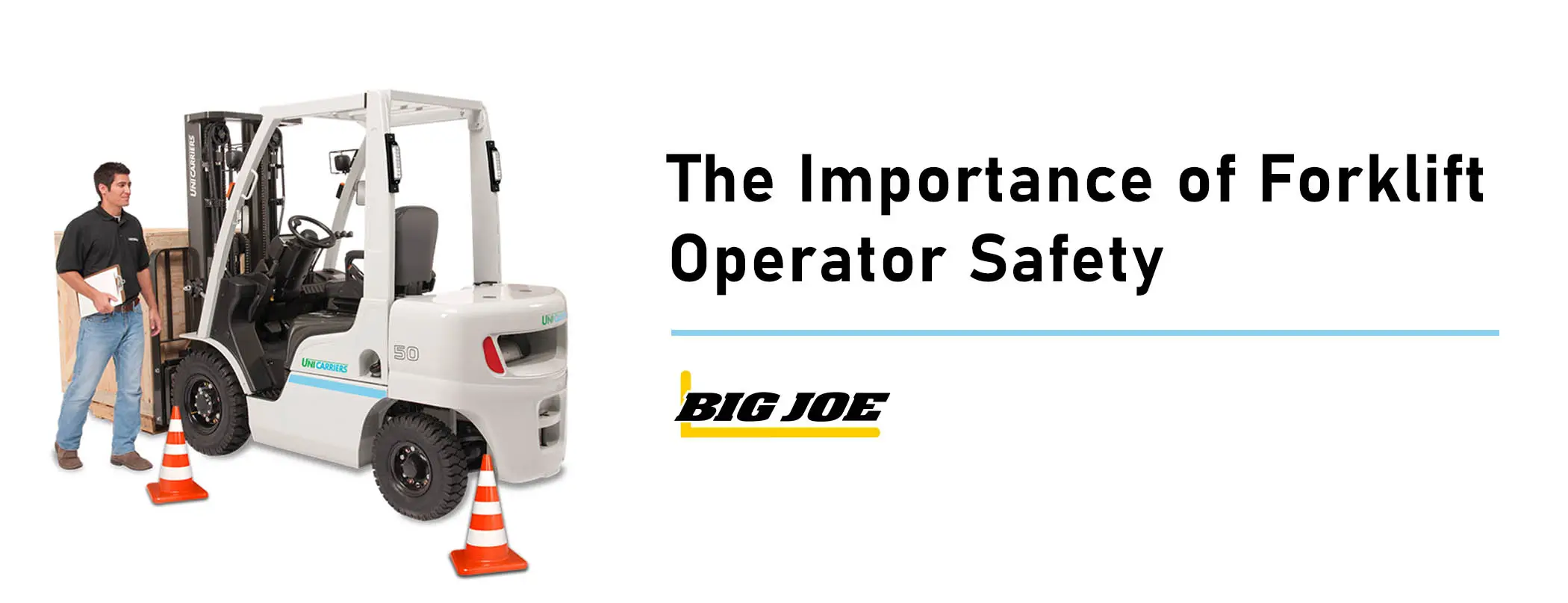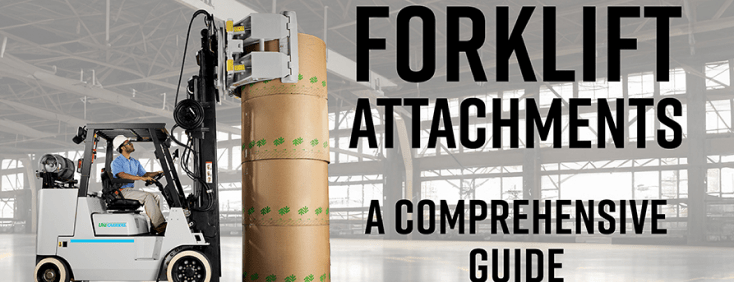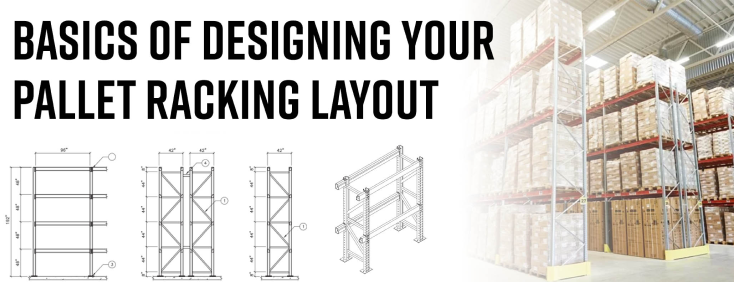Are you ready for the change?
The state of California will phase out large spark-ignited (LSI) forklifts as it pursues a target of carbon neutrality by 2045.
Under the regulated passed by the California Air Resources Board (CARB), manufacturers cannot produce or sell, for use in California, Class IV and Class V LSI forklifts – categories that largely operate on propane, gasoline and natural gas – beginning in 2026.
The rule also phases out the use of spark-ignited forklifts by large fleets, defined as 26 units or more, starting in 2028. The phase-out schedule is by model year and designed so that no forklift is required to be phased out before it is 10 years old. Smaller fleets will phase out use of spark-ignited forklifts starting in 2029.
CARB says the rule will result in more than 89,000 spark-ignited forklifts currently operating in the state being replaced by greener machines. Owners and operators also are expected to see USD2.7 billion in net fleet cost savings from lowered operating costs.
What You Need to Know Before You Buy
Starting January 1, 2026, a fleet operator may not acquire, possess, operate, or allow the operation of an Affected Forklift in California:
- The main segment targeted by the regulation will be large spark-ignition (LSI) forklifts Class IV and
Class V with a lift capacity of 12,000 pounds or less. - If you have engine-powered forklifts in your fleet that are 10 years or older, then you will no longer
be allowed to operate them. - IC powered forklift fleets will need to be phased out and transitioned to alternative fuel power lifts.
Separate phase-out schedules are introduced for Class IV and Class V forklifts. - New forklifts being purchased or leased will be zero-emissions
- Not all forklifts will be affected by the regulation.
To make the transition less difficult, there are several exemptions and allowances built into the regulation, including a rental allowance for fleet operators. Fleets will be allowed to rent LSI forklifts for unexpected occurrences or seasonal workload increases each calendar year.
Similarly, a low-use exemption will allow fleets to keep several LSI forklifts if they ’re used fewer than 200 hours each year. The number of low-use LSI forklifts a fleet can keep will be limited to 10% of its total units.
Notably, microbusinesses, which have fewer than 25 employees and less than $5 million in annual gross receipts, will be allowed to keep one low-use LSI forklift indefinitely.
California Forklift Phase Out Schedule:
A fleet’s turnover obligation will be based on fleet size. Fleet size designations:
- A Small Fleet is composed of 25 or less forklifts owned by the same entity.
- A Large Fleet is composed of 26 or more forklifts owned by the same entity.
All Affected Forklifts and zero – emission forklifts (ZEF)* are included in the fleet size count (excluding pallet jacks). For Class IV forklifts will start phasing out 2018 & Older units starting Jan 1, 2028 for large fleets and 2016 & Older units starting Jan 1,2029 for small & Agricultural fleets. While all of the Class V forklifts will start phasing out 2017 & Older units starting Jan 1, 2030.
Class IV Model Year (MY) Forklift Phase Out Schedule
| Compliance Date @ | Large Fleets | Small & Agricultural Fleets |
| 1/1/2026 | — | — |
| 1/1/2027 | — | — |
| 1/1/2028 | 2018 MY & Older | — |
| 1/1/2029 | — | 2016 MY & Older |
| 1/1/2030 | — | — |
| 1/1/2031 | 2019 – 2021 MY | — |
| 1/1/2032 | 2017 – 2019 MY | |
| 1/1/2033 | 2022 & 2023 MY | — |
| 1/1/2034 | — | 2020 & 2021 MY |
| 1/1/2035 | 2024 & 2025 MY | — |
| 1/1/2036 | — | 2022 & 2023 MY |
| 1/1/2037 | — | — |
| 1/1/2038 | — | 2024 & 2025 MY |
Class V Model Year (MY) Forklift Phase Out Schedule
| Compliance Date | All Fleets |
| 1/1/2026 | — |
| Jan 1,2027 | — |
| Jan 1,2028 | — |
| Jan 1,2029 | — |
| Jan 1,2030 | 2017 MY & Older |
| Jan 1,2031 | — |
| Jan 1,2032 | — |
| Jan 1,2023 | 2018 – 2020 MY |
| Jan 1,2034 | — |
| Jan 1,2035 | 2021 & 2022 MY |
| Jan 1,2036 | — |
| Jan 1,2037 | — |
| Jan 1,2038 | 2023 – 2025 MY |
Exceptions to California Forklift Phase Out:
Forklifts that won’t be affected include rough-terrain forklifts, pallet jacks, Military Combat and tactical support equipment, forklifts with a permanently integrated telescoping boom as its primary work implement, forklifts with a diesel-fueled or alternative-diesel-fueled off-road compression-ignition engine subject to the In-Use Off-Road Diesel Fueled Fleets Regulation and forklifts owned or operated by facilities that are subject to the Regulation for Mobile Cargo Handling Equipment at Ports and Intermodal Rail Yards.
Low-Use Exemption:
- Less than 200 hours/year
- Must be 2013 – 2025 MY Forklift
- No limit on the number of low – use forklifts in a fleet
- Annual operating – hours reporting required (with photo of hour meter)
- Exemption sunsets January 1, 2031, except for Microbusinesses, which would be allowed to maintain one low – use forklift indefinitely
LCFS Credit Program For Your New and Existing Fleet
California’s Air Resource Board has created a program as an added incentive to switching to electric early before you are affected by the ban. This is in the form of LCFS credits that you can earn by charging and using your electric vehicles. Charger efficiency, battery size, and fleet usage data is used to calculate metric tons of CO2 saved by the low carbon fuel alternative being utilized. This information is delivered to CARB for review and credit assessment. After the CARB 90-day review period credits are allocated and deposited to trading accounts and are then available to be sold to regulated parties who have a deficit due to high carbon fuel production.
The sale of the credits are then issued back to you in the form of a quarterly rebate. You can learn more about how you can participate in our LCFS program here.
